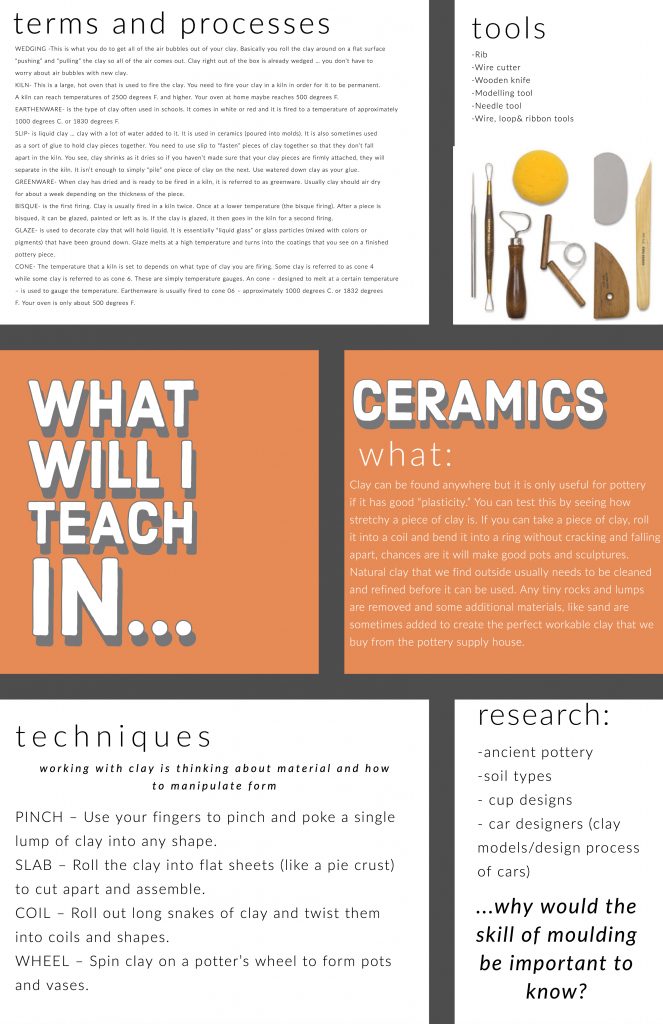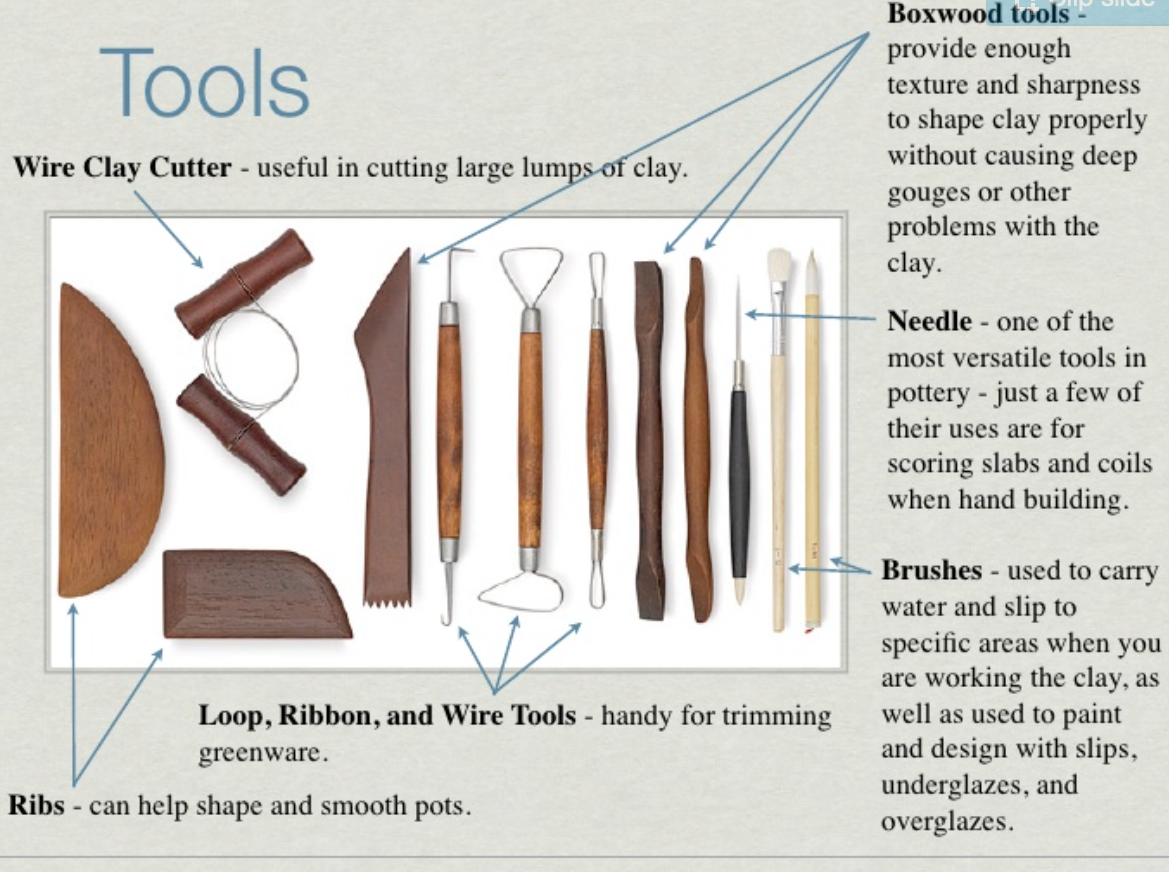What is Sculpture?
Sculpture is the art of making two- or three-dimensional representative or abstract forms. Most people think of sculpture they think of “sculpture in the round”. Sculpture in the round has a front and a back. It is meant to be seen from all sides. Sculpture in the round is 3-Dimensional meaning it has a length, width and height.
Sculpture is described as being:
"Additive" meaning to add materials and "build up" the sculpture (modelling, assemblage). Great materials for this in the classroom are:
Home Made Play Dough- need I say more?
Plasticine Clay – Plasticine clay is colored, oil-based clay. It’s what most of use think of when we think of modeling clay. Because it is oil-based, it will not dry out.
Air Dry Clay – There are a few companies that make air dry “clay”. For children, your best bet may be with Crayola Air Dry Clay. It’s very inexpensive, non-toxic, and can be painted when its dry.
Model Magic – Model Magic is made by Crayola. It is a non-toxic and inexpensive sculpting material that air dries. It can be painted with water-based paints when it is dry.
Paper Clay– Beautiful medium for students of all ages.
Salt dough– Versatile and will harden once baked.
Polymer Clay – Polymer clay is actually PVC. It's a more expensive alternative but yields incredible results. Liquid is added to make it pliable enough to be formed and shaped.
"Subtractive" relies on the removal of the material to “reveal” the sculpture (carving). Great materials for the classroom are:
Soap Sculpture – Soap is a great material for carving. It’s safe and well-very clean. Dull blades can be used and still create good details.
Plaster of Paris – Plaster of Paris is easy to find at most art stores. It’s inexpensive and easy to mix.
Plaster Bandage- An incredible resource for making masks and body parts.
Another form of sculpture is called "relief sculpture". Relief sculpture is meant to be seen from only one side. There are two subcategories of relief sculpture –
High relief: stands out from the flat surface
Low relief (Bas relief): has little standing out and is indented into a flat surface.
Here are some other sculpture methods and materials to consider:
Paper Mache/Paper Clay
Wire: Wire portraits, Wire Mobiles
Plaster: Body Part, Masks
Paper
Plastercine
Mixed Media: Joseph Cornell, Mixed Media
What about Clay?
Clay is a fabulous way to engage children in building and modelling 3-D forms. Why? KIDS LOVE CLAY! Teachers either love it or hate it!
Clay has the potential to break really messy, but it's the kind of mess we can embrace. It's an easy cleanup with lifetime results. What is clay? It's a soft, moist, earthy material that is made from eroded rocks. You can get it here.
Types of Clay
Earthenware: the most commonly found clay in nature and is the raw material usually used to make most pottery in the world.
Stoneware: clays are named this because when fired they have the characteristics of stone, which is a hard, dense surface sometimes with a variegated brown grey colour.
Porcelain: a product of different technique of many early Chinese pottery workers. Its main ingredient is Kaolin, also know as china clay.
Tools
Teaching Methods with Clay:
Clay and Ceramic Vocabulary
and Processes:
Plastic: Clay in its moist state
Leather-Hard: Clay that is rigid, but not yet dry.
Greenware: Unfired clay
Bone Dry: Clay object which have completely dried after firing.
Bisque-ware: pottery that has been fired but not yet glazed
Prepping
-All clay needs to be de-aired before you begin
-Kneading or wedging eliminates air bubbles and keeps the internal structure of the clay more consistent
Techniques
Slip and Score: slip is a suspension in water of clay and is used to attach two wet pieces of clay together. You have to score clay (hatch small grooves into the edges of the piece) on both sides with a tool and then apply the slip and mush them together.
Heating
Kiln- a special oven used for firing clay
Fire- means to heat the clay in the kiln. There are two rounds of firing: Bisque firing is the initial round of firing that hardens the clay (16-18hrs). Glaze firing-the firing that is done after coating the hardened clay with clear or coloured glazes.
Cleaning Up:
-Capture clay dust with water. Use a wet sponge for cleanup.

